Navigation auf uzh.ch
Navigation auf uzh.ch

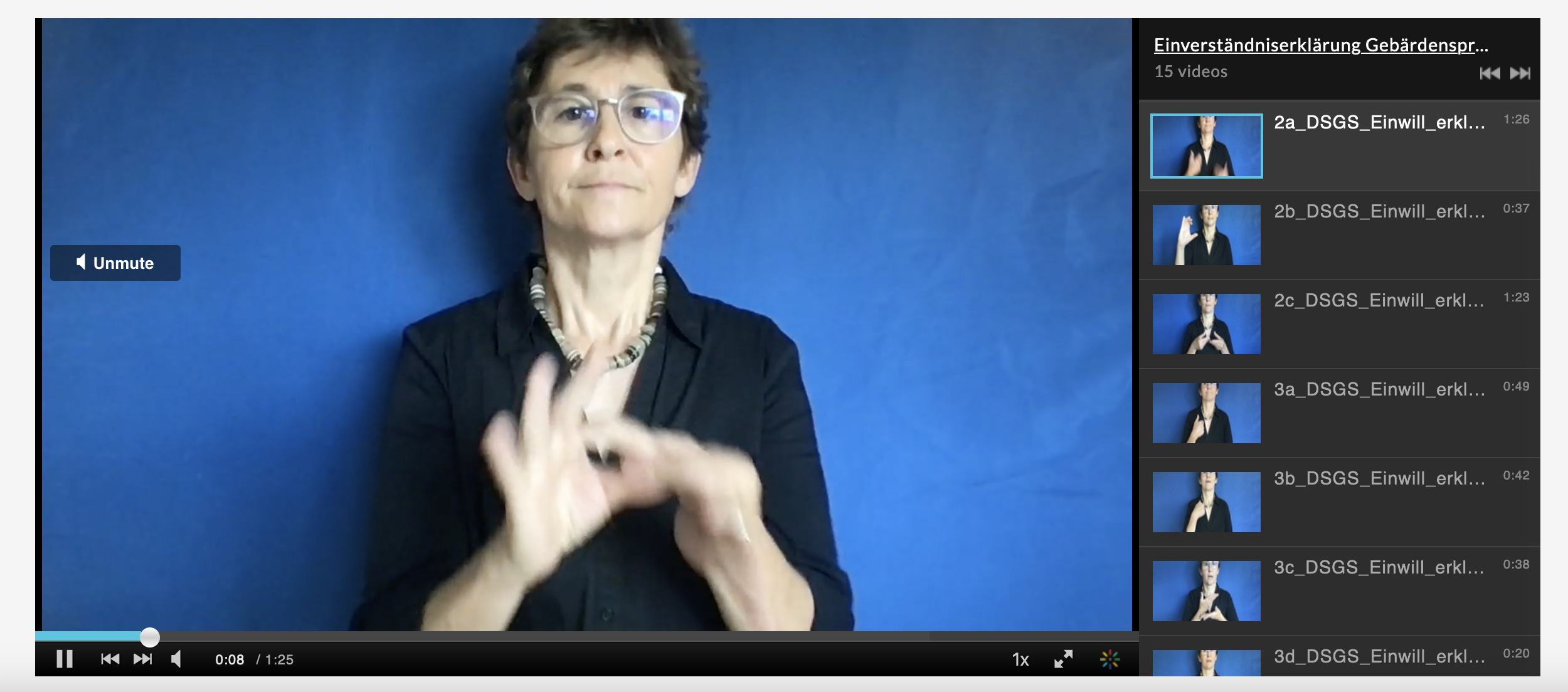

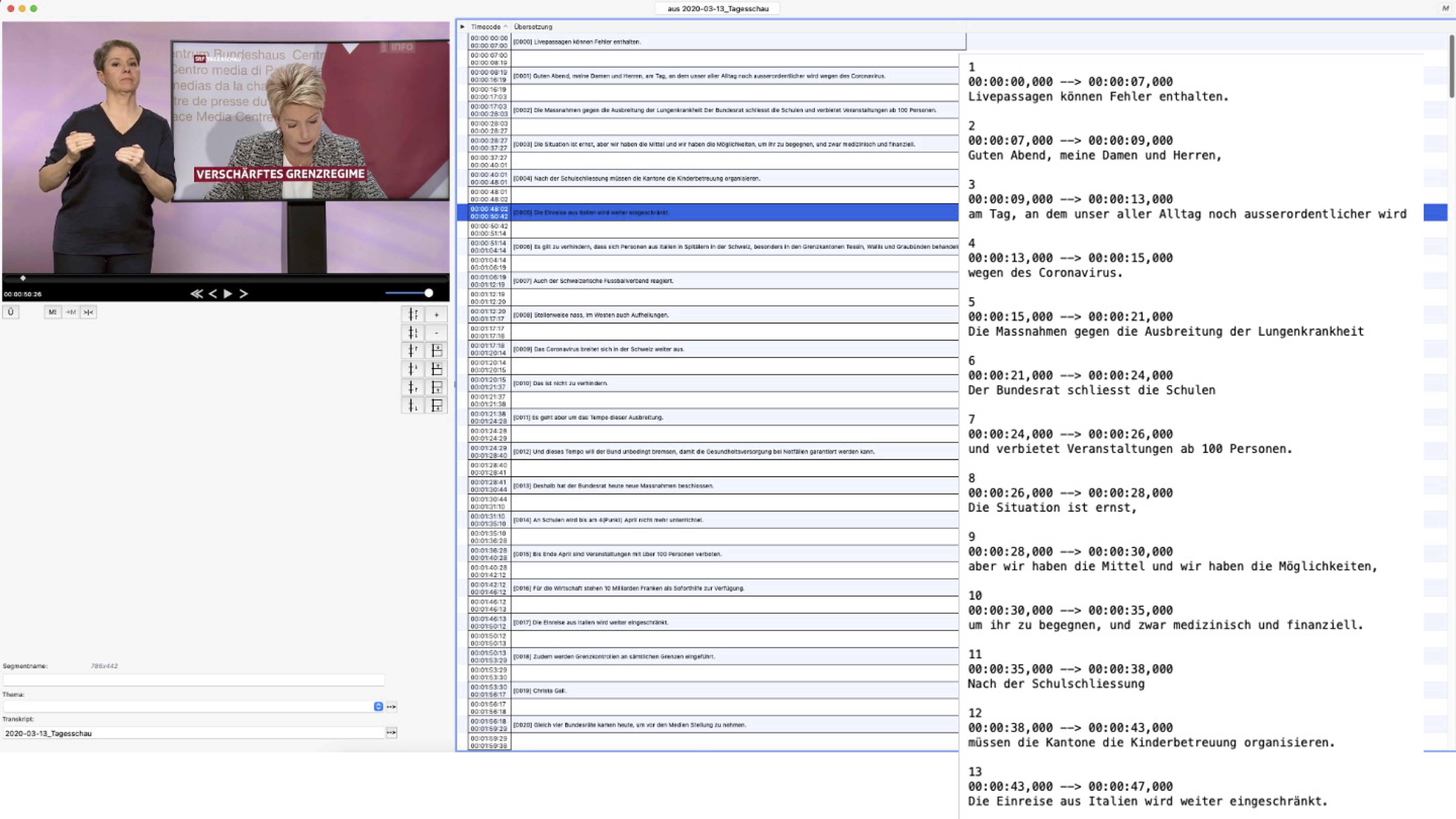
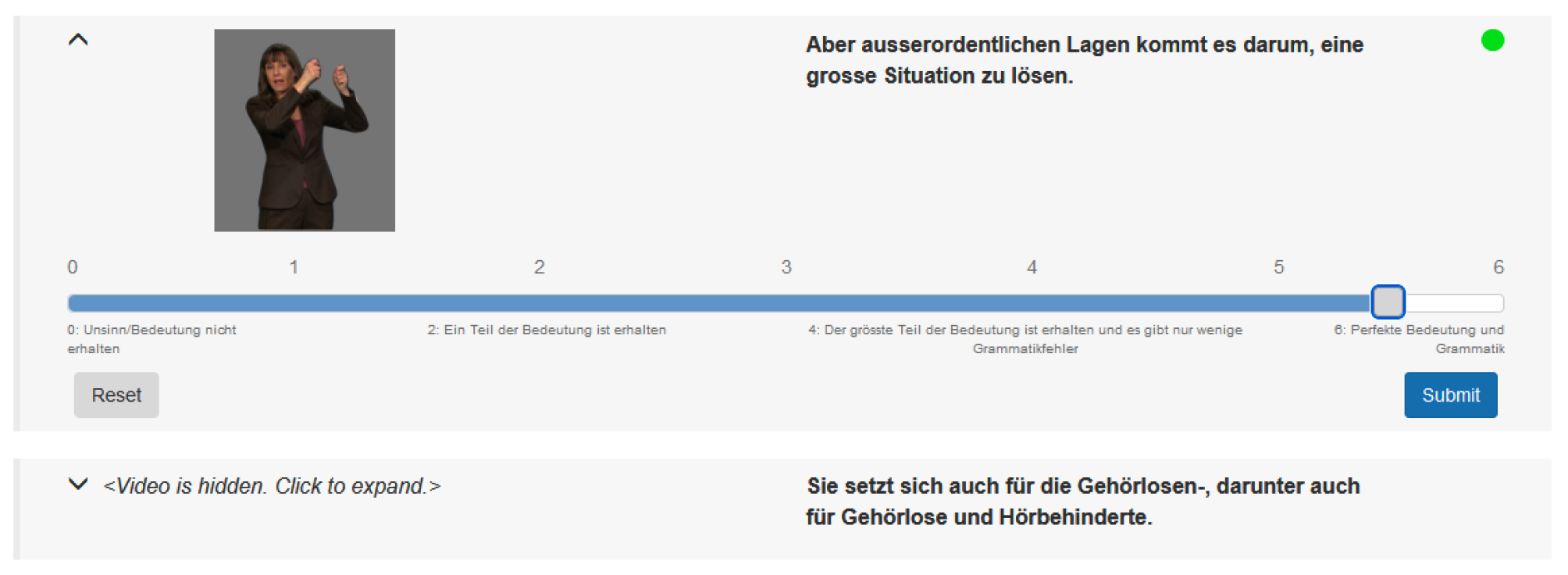
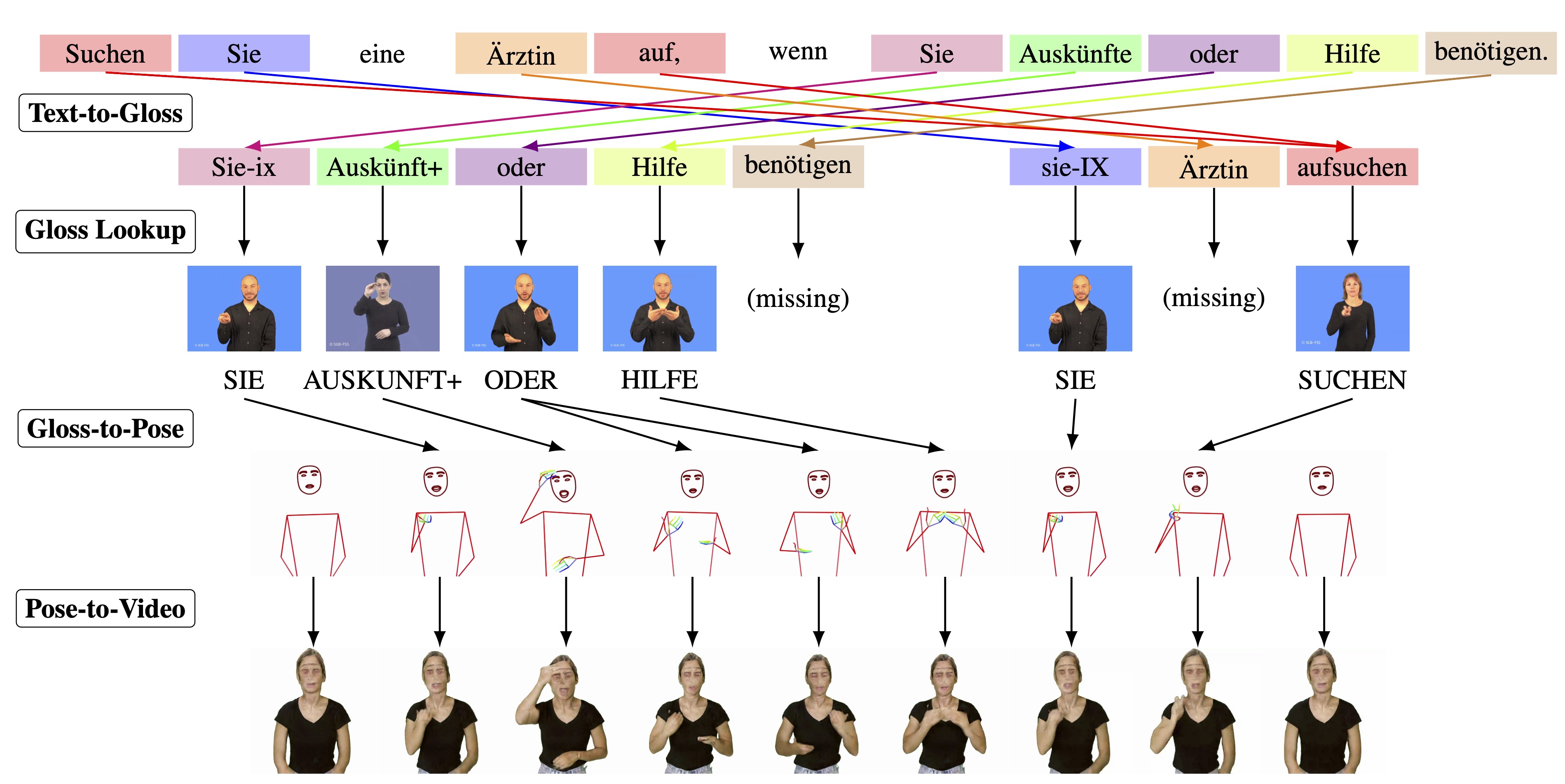
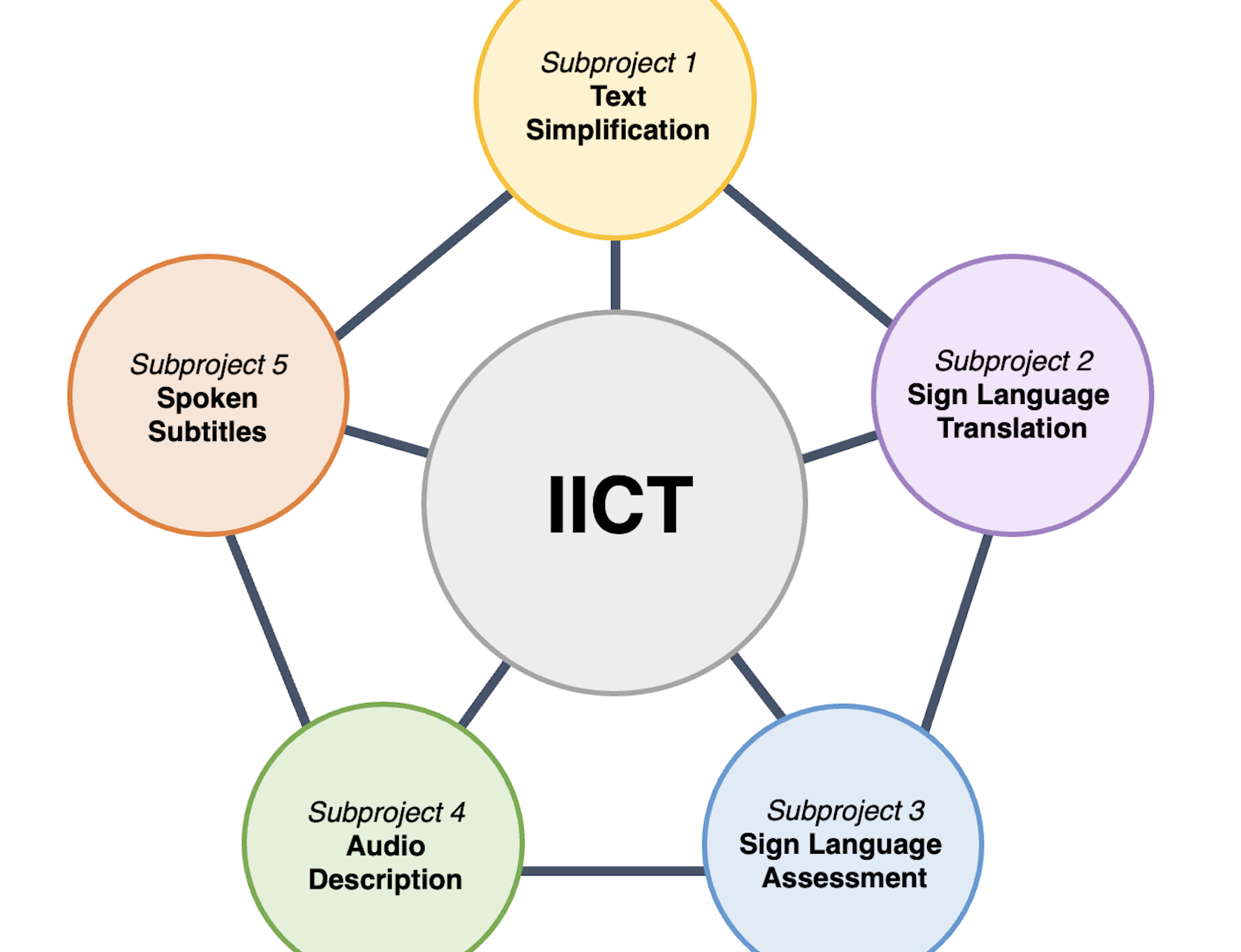

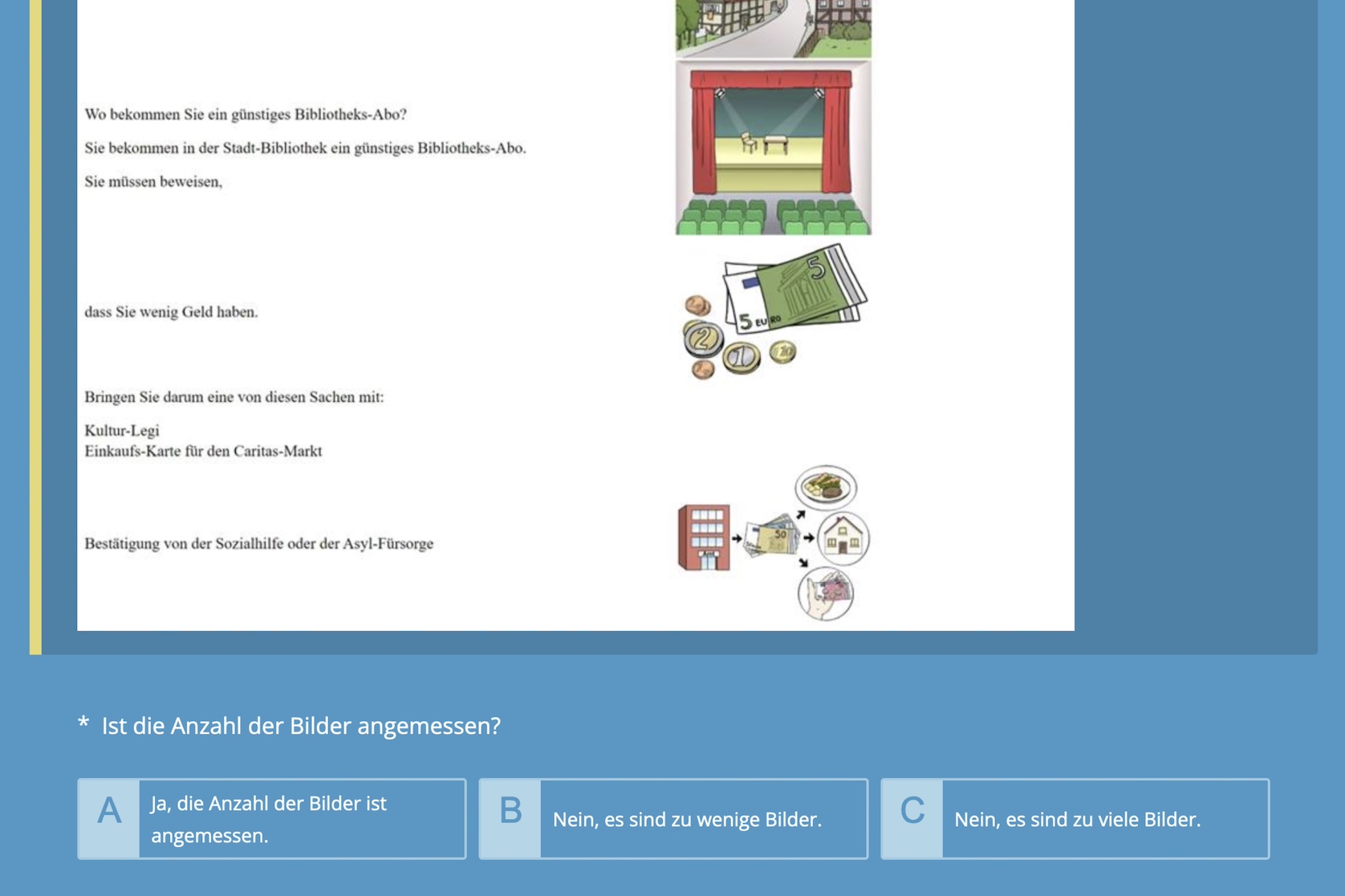
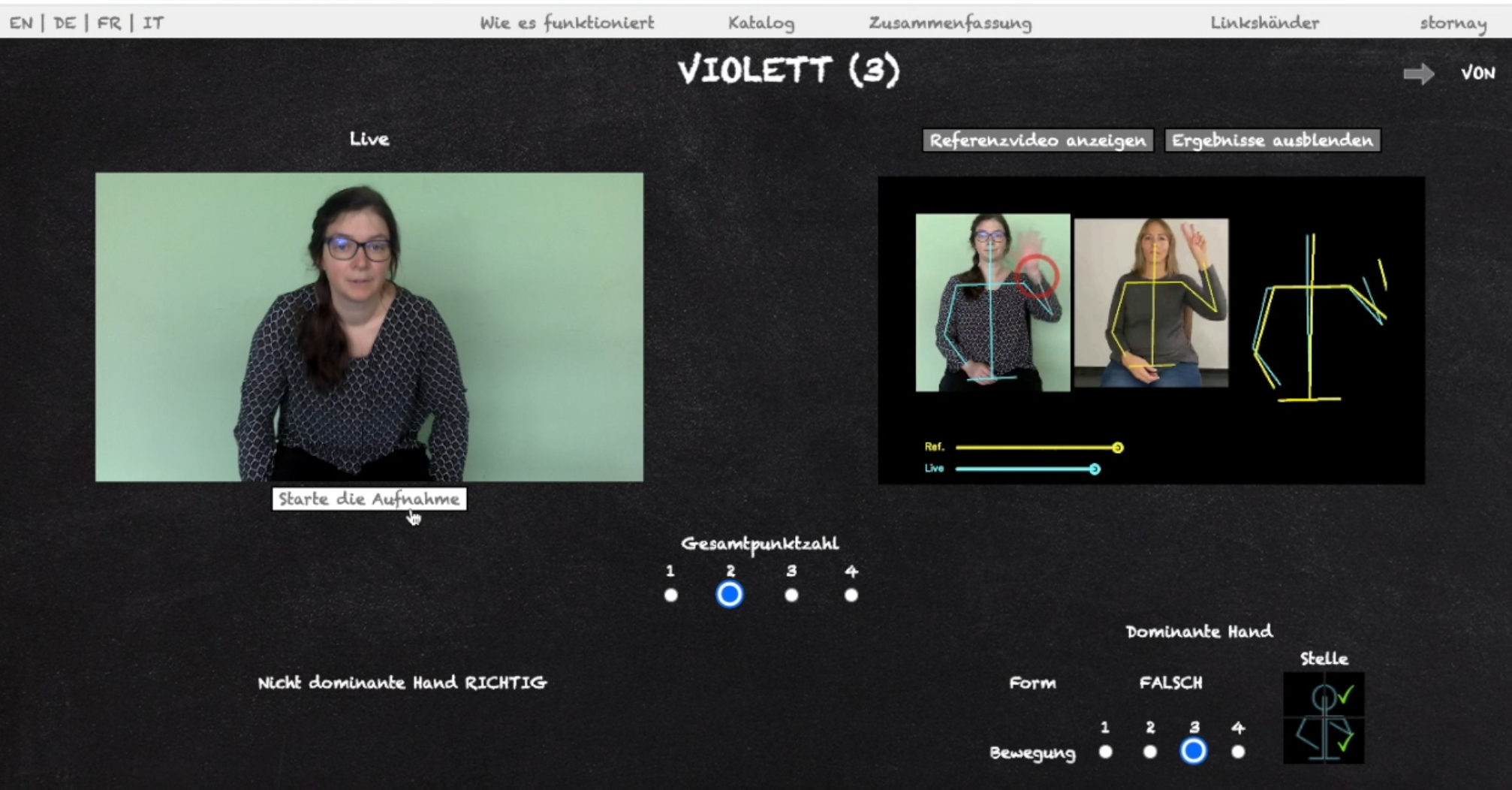
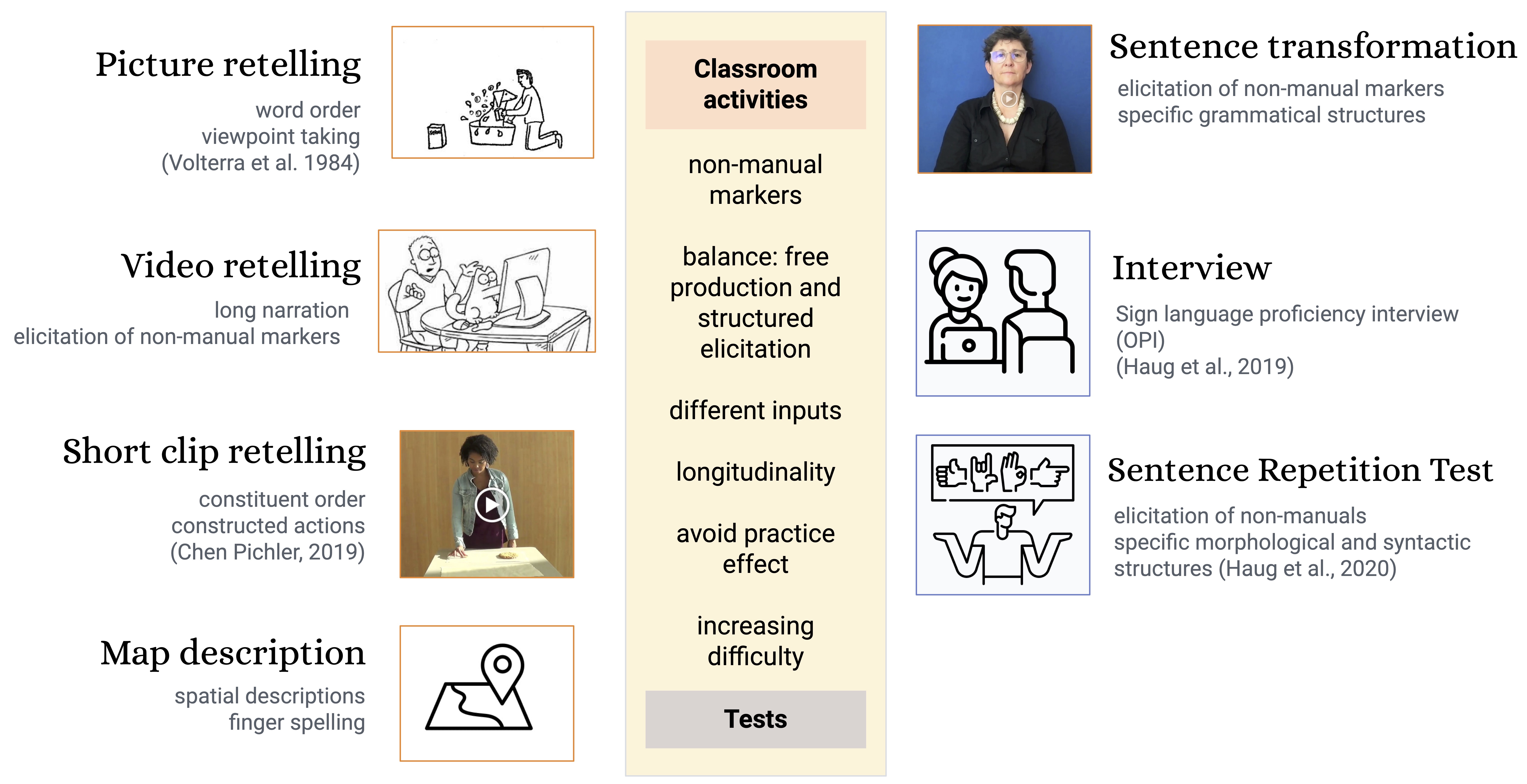
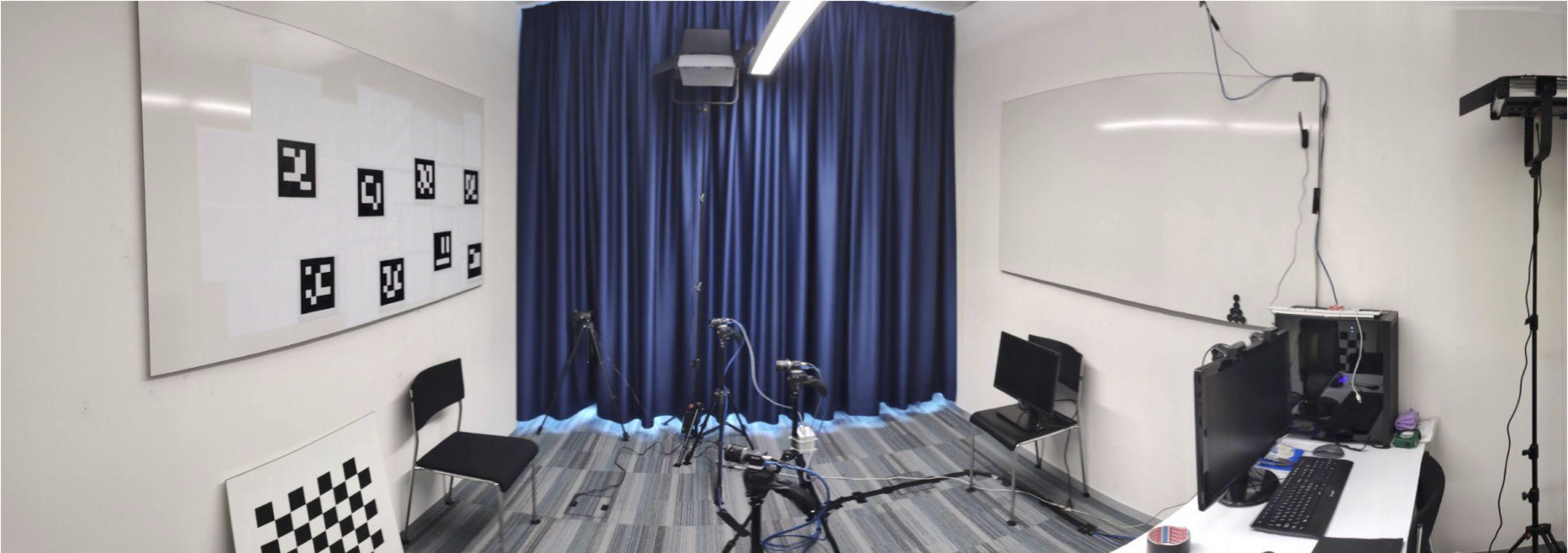
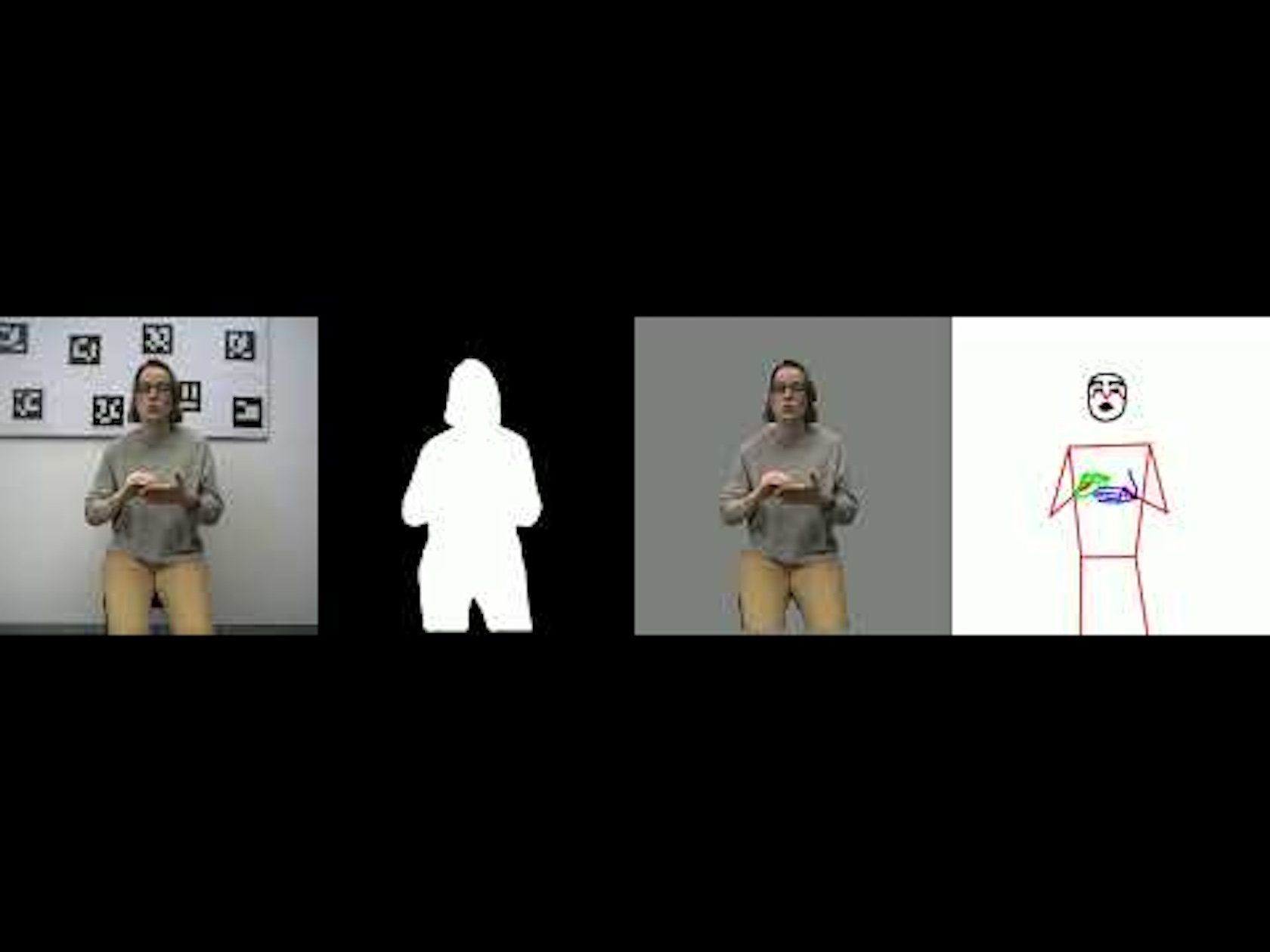
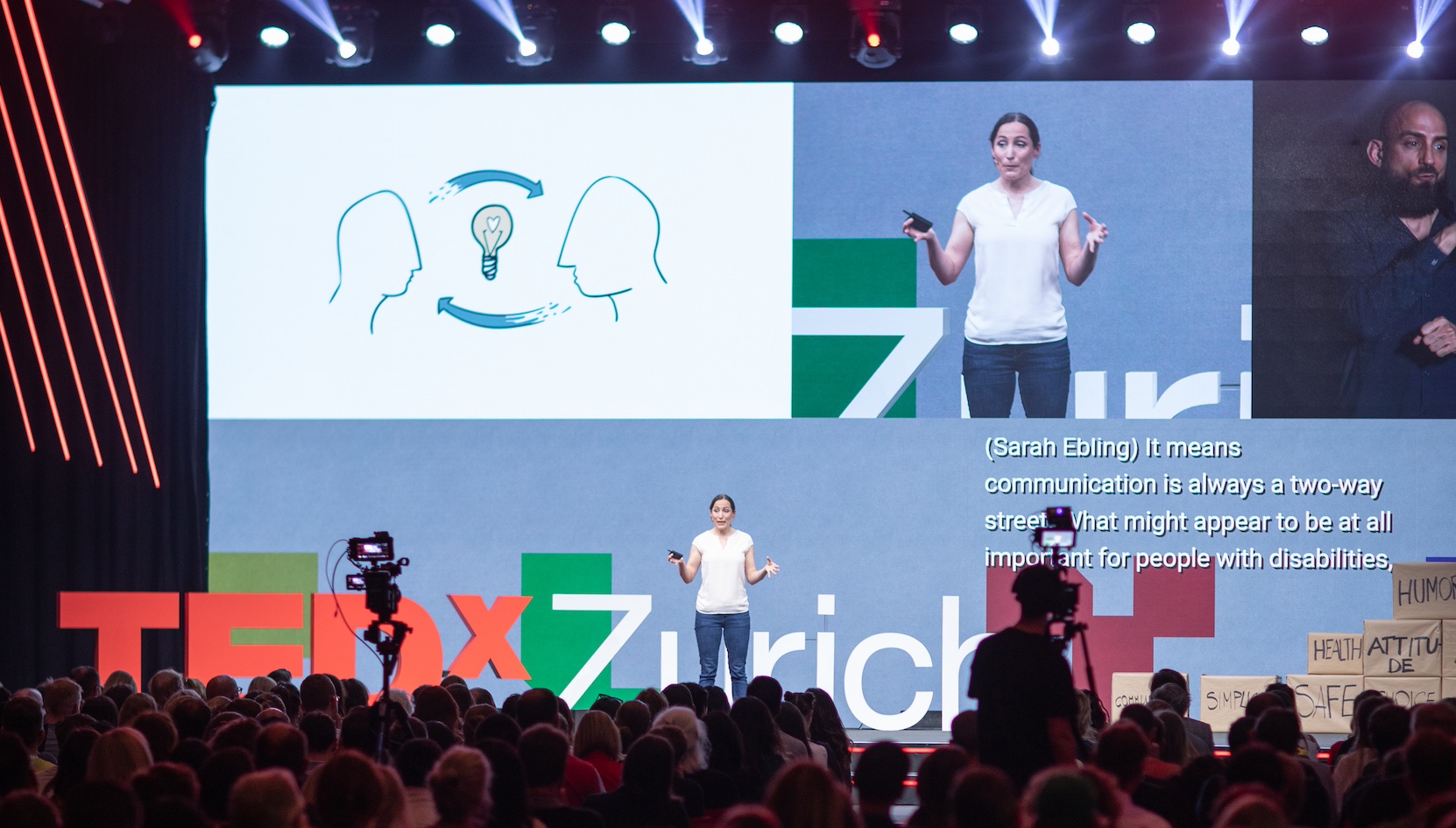
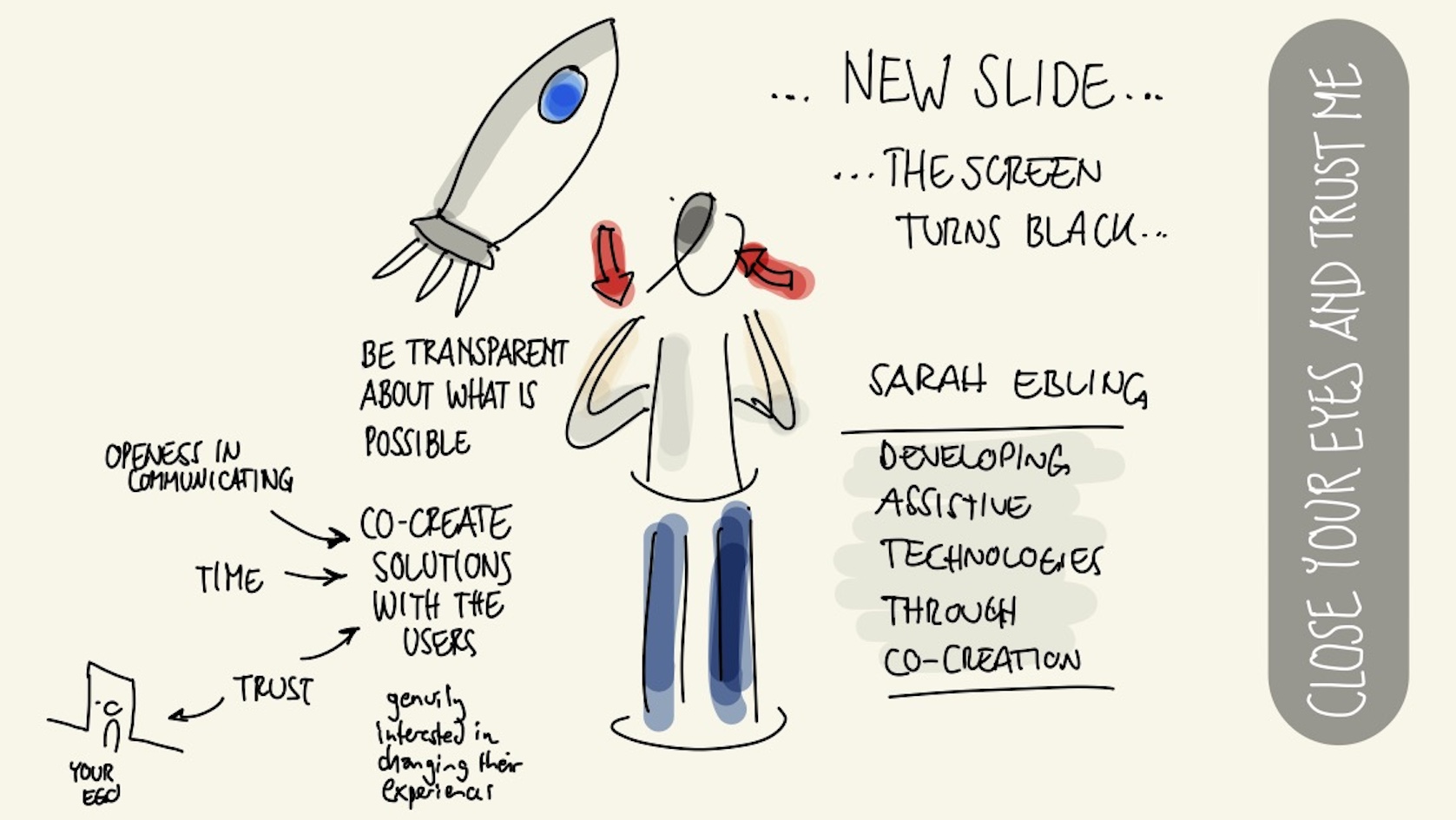
Our chair deals with language-based assistive technologies and digital accessibility. Our focus is on basic and application-oriented research.
We subscribe to a broad definition of language and communication, in line with the UN Convention on the Rights of Persons with Disabilities (UN CRPD); as such, we deal with spoken language (text and speech), sign language, simplified language, Braille, pictographs, etc.
We combine language and communication with technology and accessibility in two ways:
Our technologies focus on the contexts of hearing impairments, visual impairments, cognitive impairments, and language disorders.
The group is headed by Prof. Dr. Sarah Ebling.